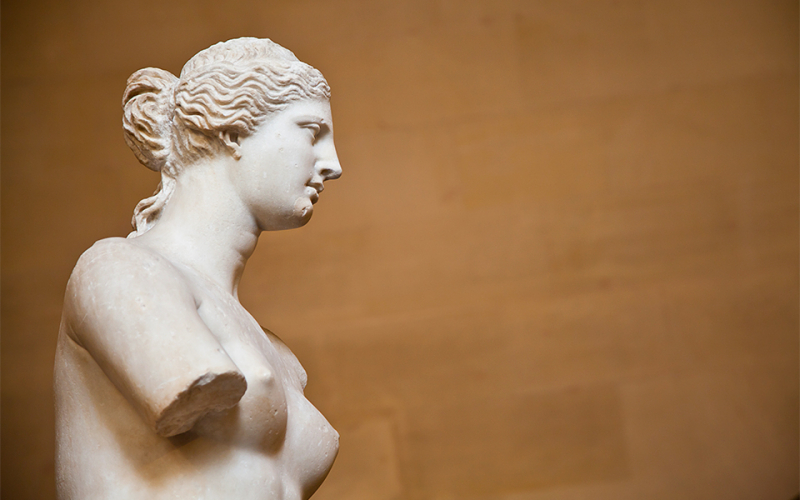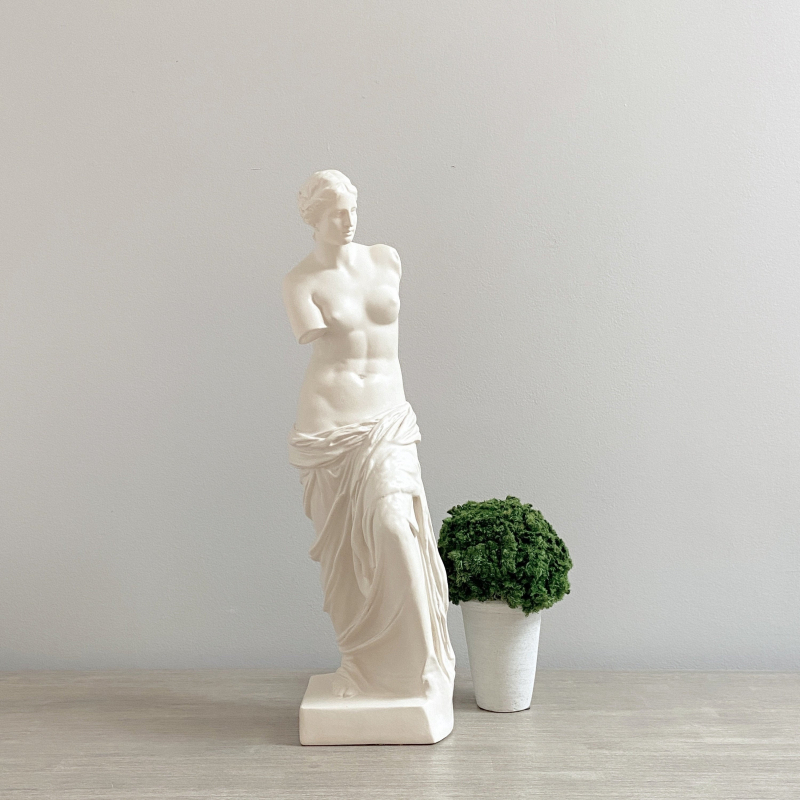Venus de Milo, Paris

Venus de Milo, one of the Louvre's greatest attractions, is said to portray the Greek goddess of beauty and love, Aphrodite. The statue is called for the city where it was discovered, Milo. Some academics believe the sculpture is not of Venus, but of Amphitrite, a sea deity revered by the people of Milos. There's no way to know without the contextual cues her long-missing arms would have offered. In fact, the missing limbs provide an aura of mystery to the monument, making it even more intriguing. For unclear reasons, the arms appear to have been removed on purpose.
After the Italians returned Venus de' Medici to France, the statue became even more popular. An unofficial effort to market it as the finest Venus statue prompted its representation in various genres of art. The figure was featured in one of Salvador Dali's works, cementing his reputation as an unintentional surrealist masterpiece.


















